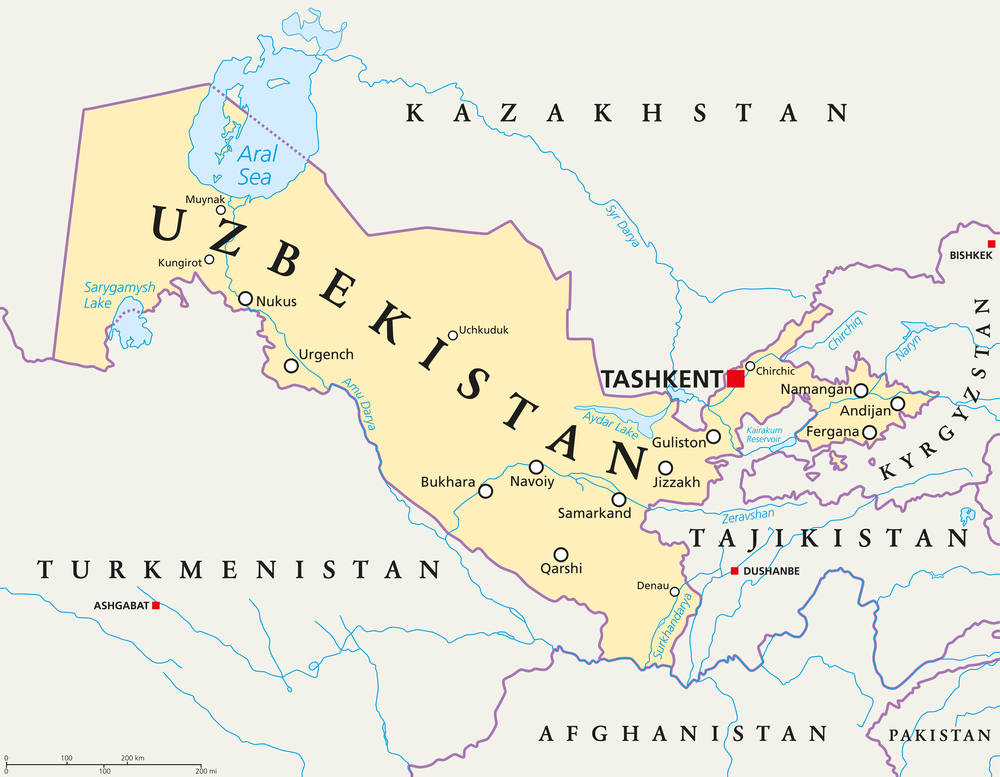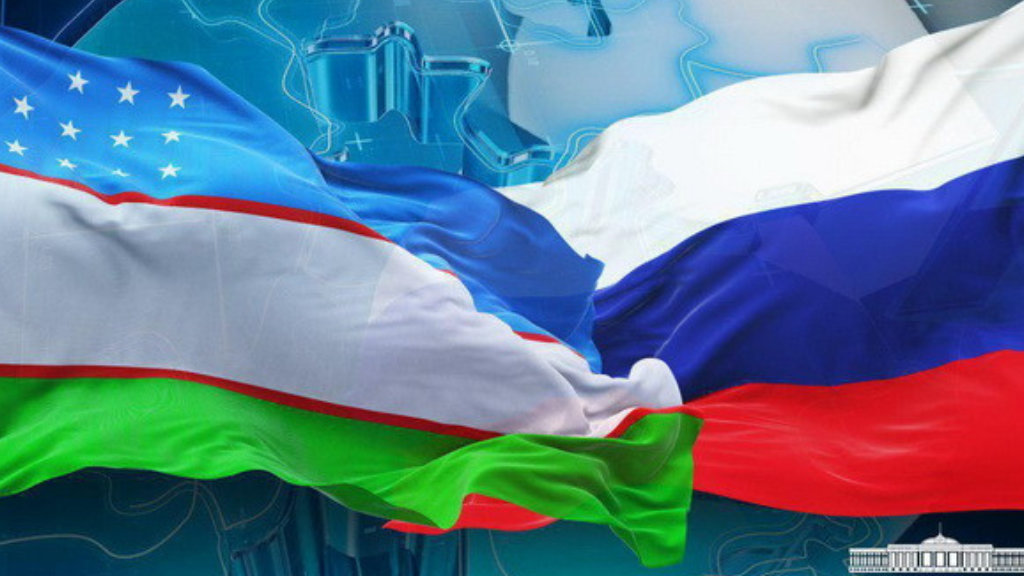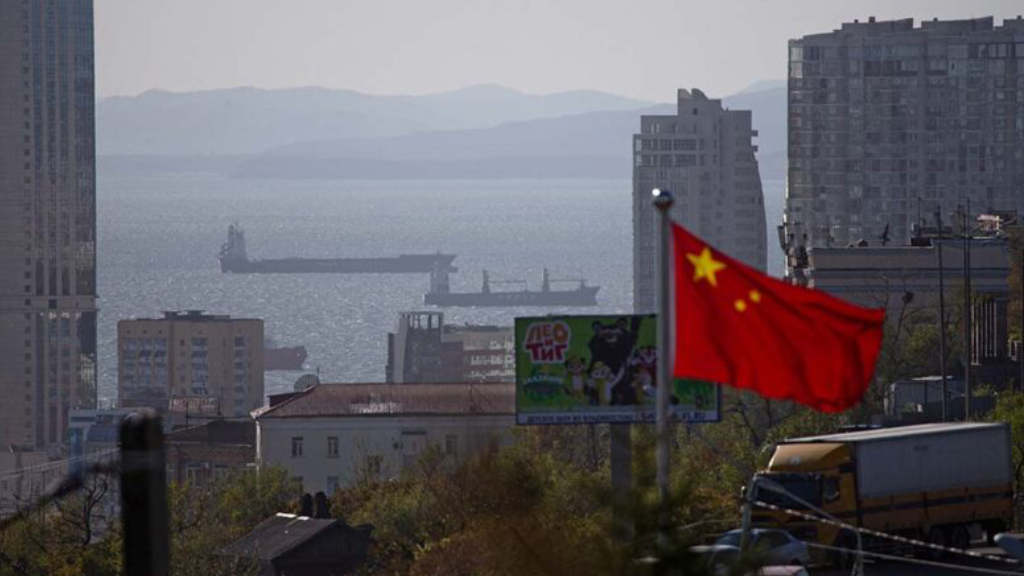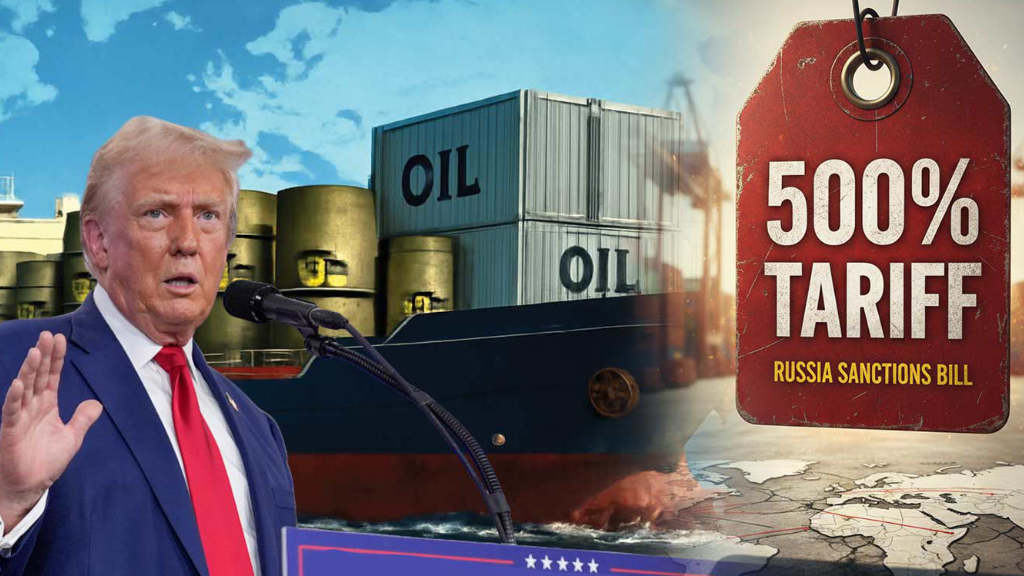The Commonwealth of Independent States (CIS) held Ministerial-level meetings last week, followed by Russian President Vladimir Putin flying to Tashkent, Uzbekistan on Sunday (May 26) for talks with Uzbekistan’s President, Shavkat Mirziyoyev. The CIS includes Armenia, Azerbaijan, Belarus, Kazakhstan, Kyrgyzstan, Russia, Tajikistan, and Uzbekistan.
CIS members are set to enter a new agreement on free trade in services and investments from June 5th, although at present only Belarus, Kyrgyzstan and Tajikistan have ratified this. Putin’s visit to Tashkent will be to gain support from Uzbekistan concerning the development of CIS and Central Asian free trade and supply chains. CIS meetings last week also discussed cooperation in the energy sector, the development of transport corridors and protection against intellectual property violations. The CIS differs in structure from the Eurasian Economic Union (EAEU) in that the CIS countries engage with each other in bilateral agreements, although there is a trend to unify these. There have been discussions concerning merging the CIS and the EAEU. Uzbekistan is an observer state, but not a full member of the EAEU. Changing that status to full EAEU membership will also be on Putin’s agenda for discussions.
Last year, trade with the CIS countries grew by 5.8%, in the three months of this year — by another 6.5%, the share of these countries in Russia’s foreign trade increased to 14.5%, and is now close to 16%, reflecting Russia’s supply chains moves to the East.
Putin’s meeting with Mirziyoyev will focus on strengthening economic ties in food security, technological and energy security, in addition to industrial cooperation, logistics, ecology and digitalization. The CIS last week had also discussed increased cooperation in customs, pursuing a coordinated antitrust policy and the creation of a mutual payments architecture.
Energy sector cooperation requires adapting the regional energy supply and transition with a simultaneous increase in the CIS manufacturing share of pertinent equipment. These requirements will see them produced in the CIS countries as part of a drive to limit reliance on Western imports.
The development of transport corridors requires the harmonization of national legislation and non-discriminatory access to routes, as well as the introduction of digital customs infrastructure. Uzbekistan, which is double land-locked, has a special geographic interest in making this happen. It is also well positioned in the heart of Central Asia.

Part of Putin’s goals in Tashkent will be to secure Uzbekistan’s ratification of the CIS free trade agreement. Part of the original goals in this were that its signing would provide access to investors from the CIS countries to the markets in Uzbekistan and Tajikistan by providing them with a national regime. The agreement is also considered as a tool to protect the growing volume of capital investments in the CIS. There are differences due to the differing nature of the CIS and EAEU operating structures. For Russian companies, the Uzbek market is considered as a platform for industrial assembly, while in contrast working conditions in the Kazakh market are determined by agreements within the framework of the EAEU. The proposed CIS FTA provides for dispute resolution on a wider scale and guarantees less Moscow legal arbitration influence. Readers can therefore appreciate that having two differing trade structures – the CIS and the EAEU – can create additional legal and administrative problems.
Meanwhile, Moscow will also be looking for guarantees in order to secure supplies. These will centre around the most sensitive industries — mining and nuclear energy, precious metals and rare earths, the production of general and special-purpose machinery and equipment, electric vehicles, and other transport equipment in Uzbekistan. Russia will be looking to retain the right to apply existing legislation to limit certain foreign investment in strategic CIS companies in order to protect itself from additional Western pressures. Uzbekistan has a fairly close relationship with the European Union and Putin will be looking to limit that. Other events are also planned. Both Mirziyoyev and Putin will speak at the first meeting of the Council of Regions of Russia and Uzbekistan, while 18 Russian Governors and their respective business delegations have flown to Tashkent to participate in this forum. How far this will go in persuading Tashkent its future lies with Russia and the CIS as opposed to Brussels will be a key issue.
Further Reading
Russia-Uzbekistan 2024 Trade & Development
Russia’s trade and development with Uzbekistan is extensively covered in our 2024 Russia’s Pivot To Asia Guide, which is a complimentary download and can be accessed in English here and Russian here.





